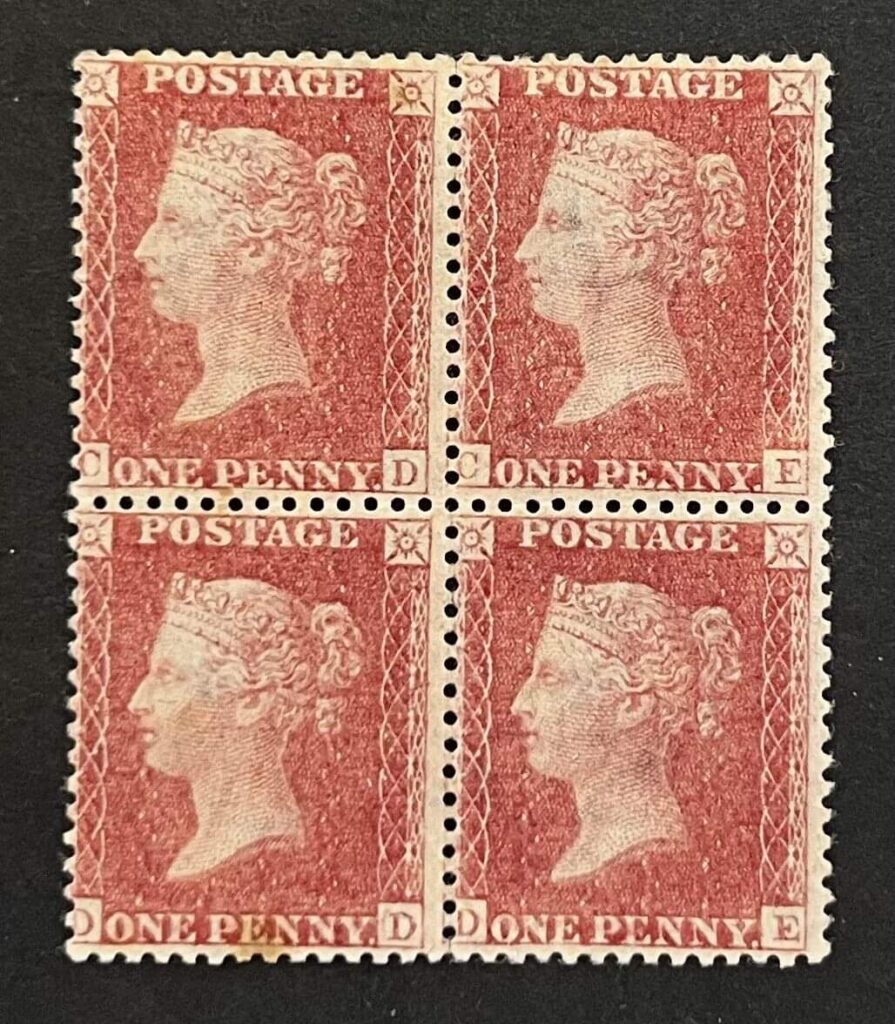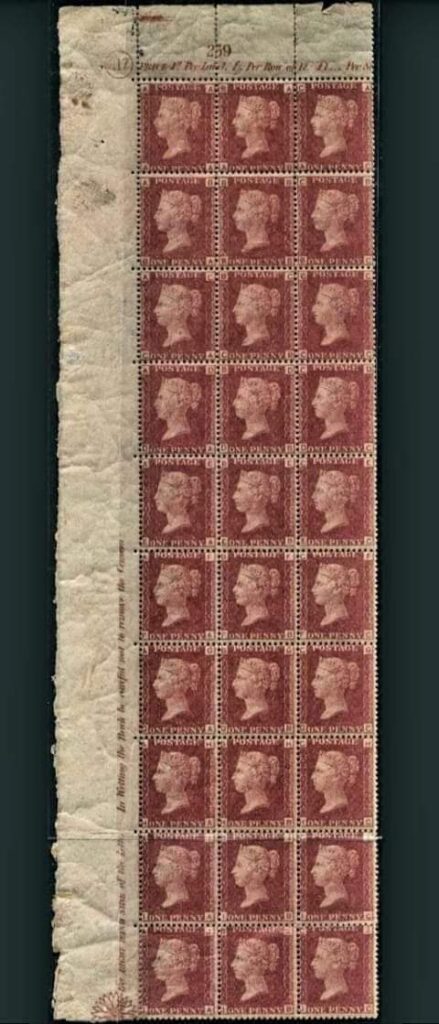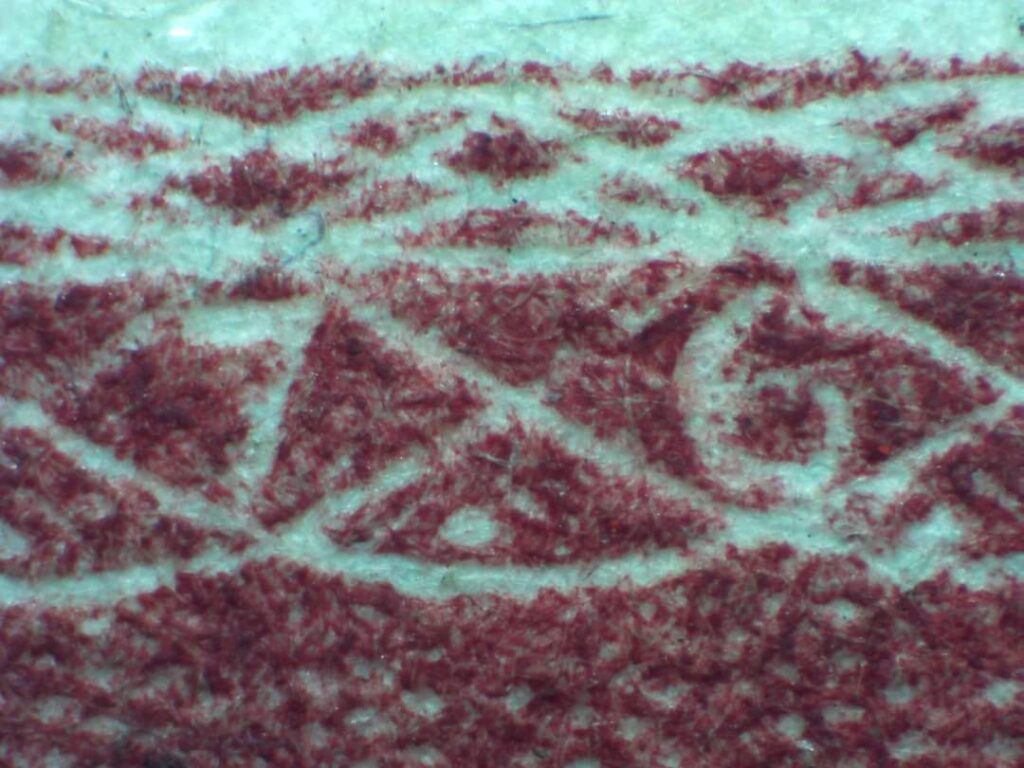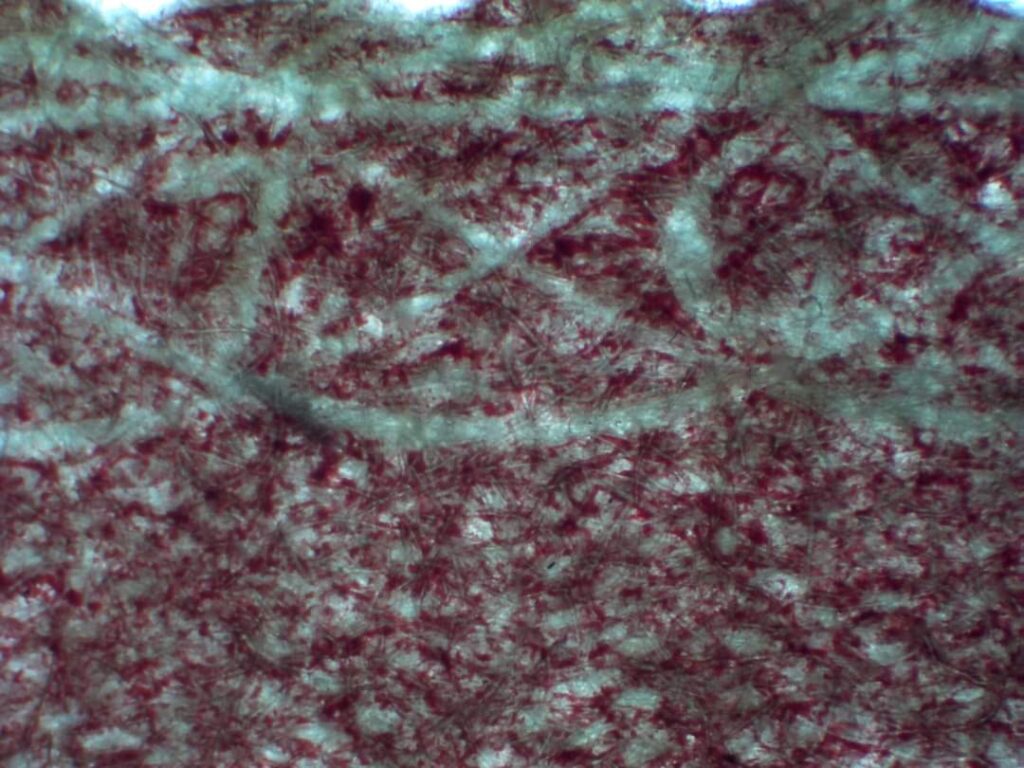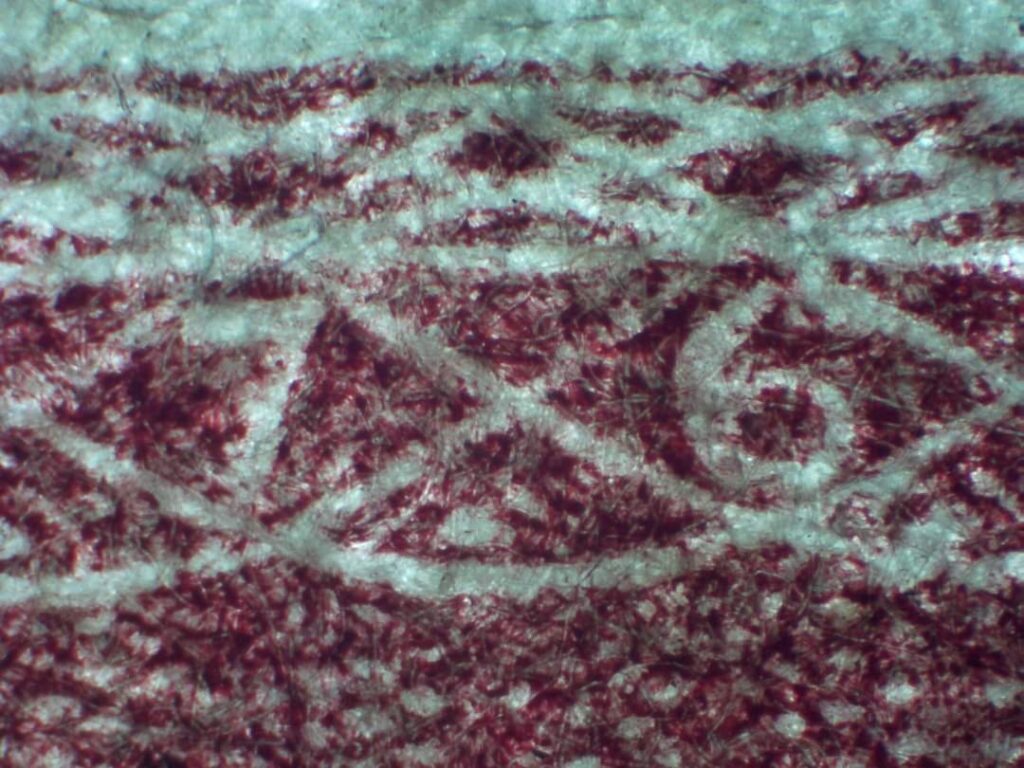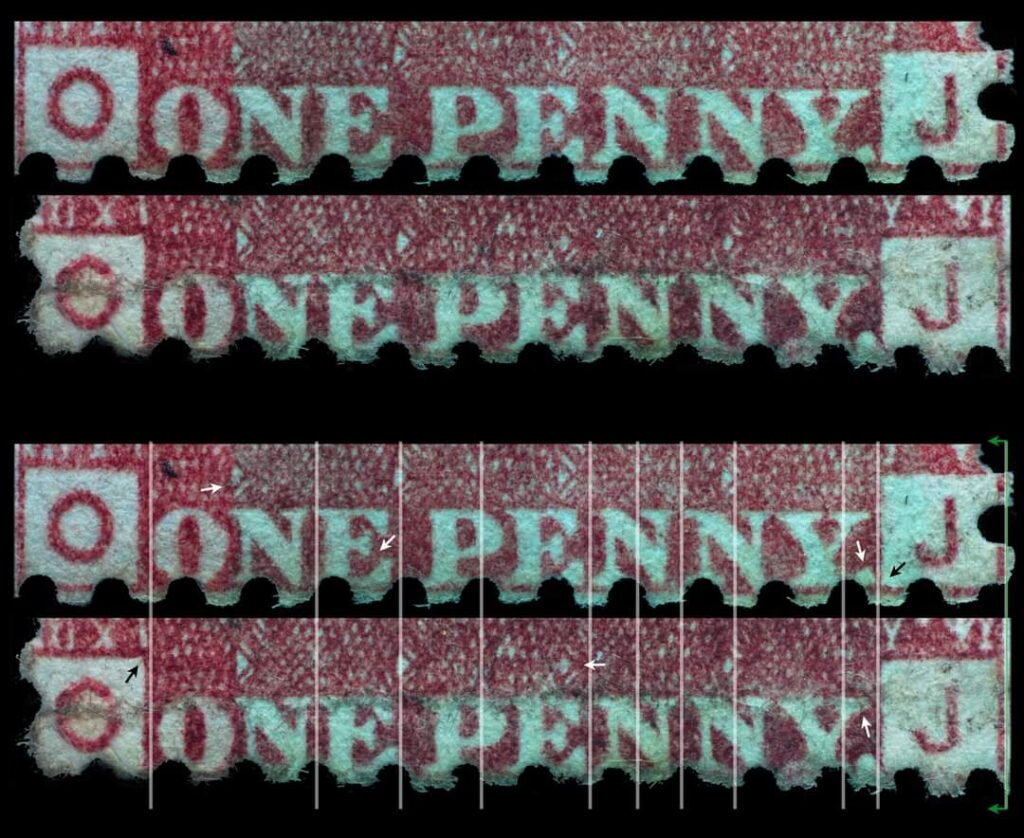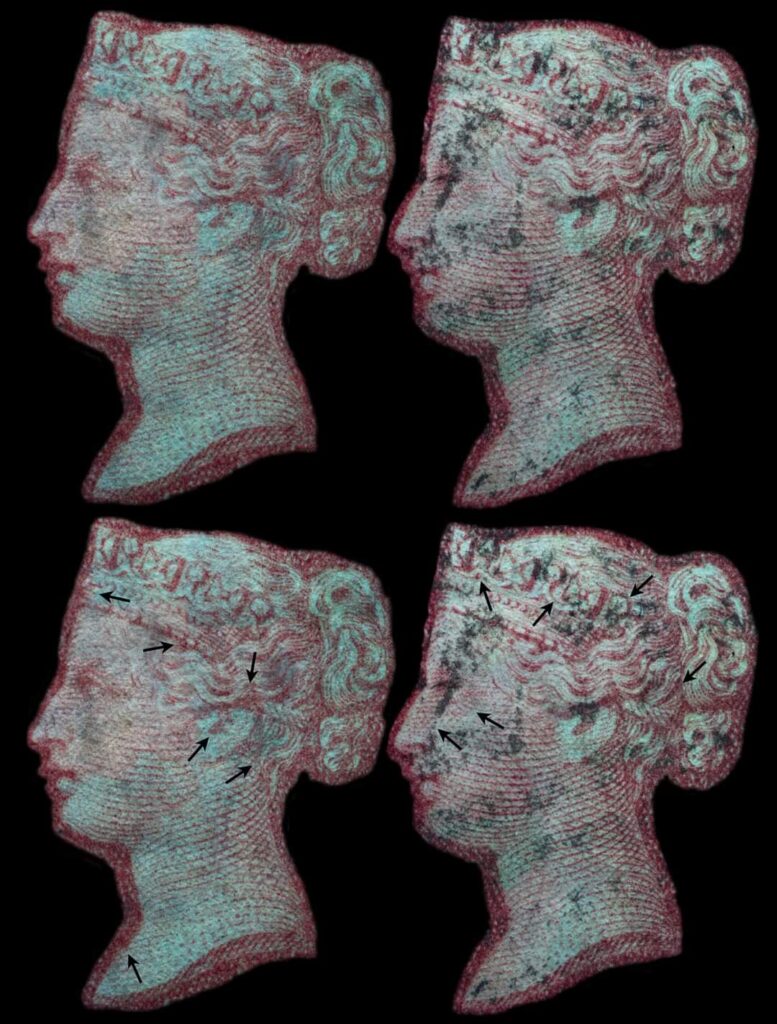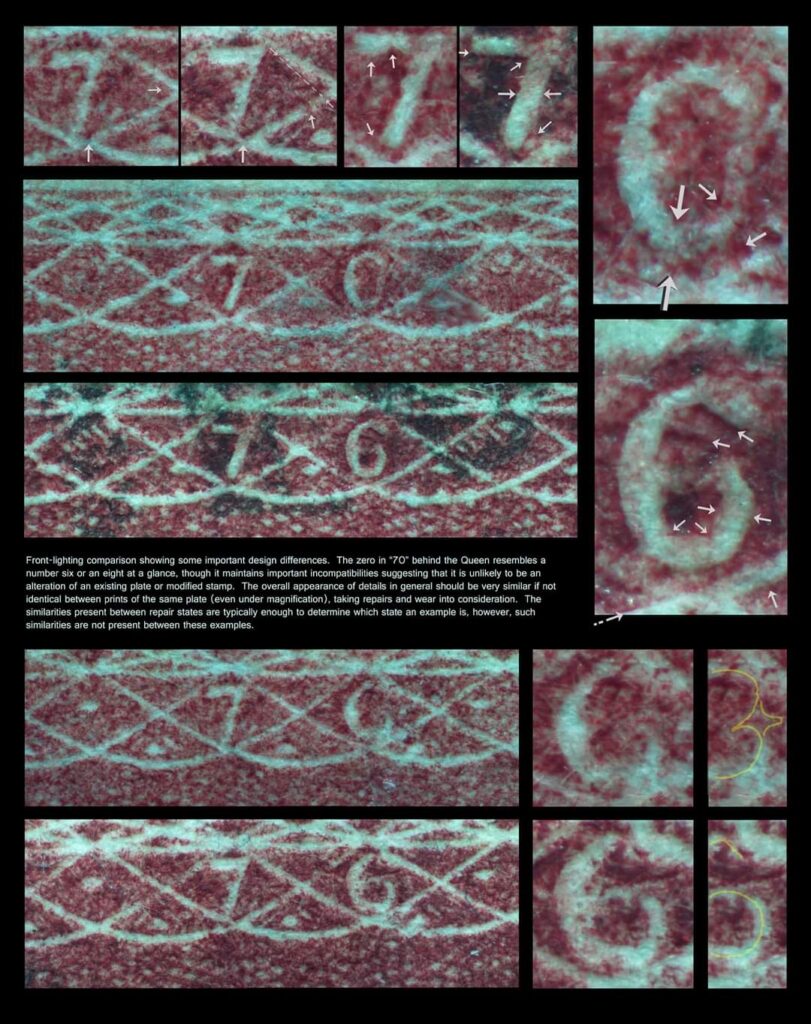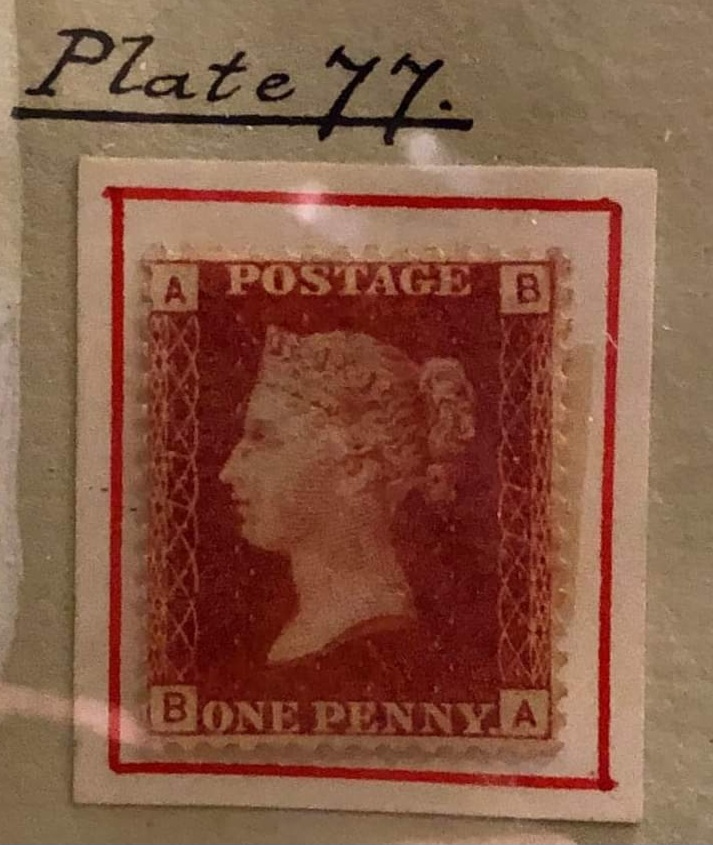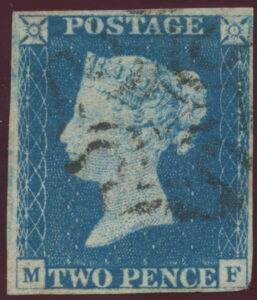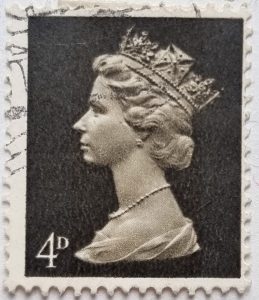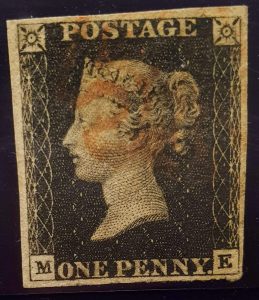Penny red stamps are a type of British postage stamps that were issued from 1841 to 1879. They replaced the penny black stamps, which were the first adhesive stamps in the world. Penny red stamps have different designs and features depending on when they were printed and on what plate1.
There are three main types of penny red stamps: imperforate, perforated stars, and perforated plates1.
- Imperforate penny red stamps have no perforations and had to be cut from a sheet with scissors. They were produced from 1841 to 1854, using 171 different plates. They have letters in the lower corners to identify their position on the plate, but no plate numbers12.
- Perforated stars penny red stamps have perforations to make them easier to separate. They were produced from 1850 to 1858, using 131 different plates. They have stars in the upper corners and letters in the lower corners, but no plate numbers12.
- Perforated plates penny red stamps have perforations and a redesigned layout. They were produced from 1858 to 1879, using 225 different plates. They have letters in all four corners and plate numbers hidden in the lace pattern on the sides123.
The difference between penny red stamps with and without plate numbers is mainly the date of issue and the rarity. Stamps with plate numbers are generally newer and more common than stamps without plate numbers. However, some plates are rarer than others, and the condition and cancellation of the stamps also affect their value.
Some collectors specialize in plating penny red stamps, which means identifying the exact plate that was used to print them. This can be a challenging and rewarding hobby, as there are many variations and errors to look for.
Článek o tiskových deskách a nejvzácnější z nich: Plate 77
Stamps of the World, článek
Prodejní stránka Penny Reds u Mulready Philatelistics, včetně o úspěšném prodeji Plate77
